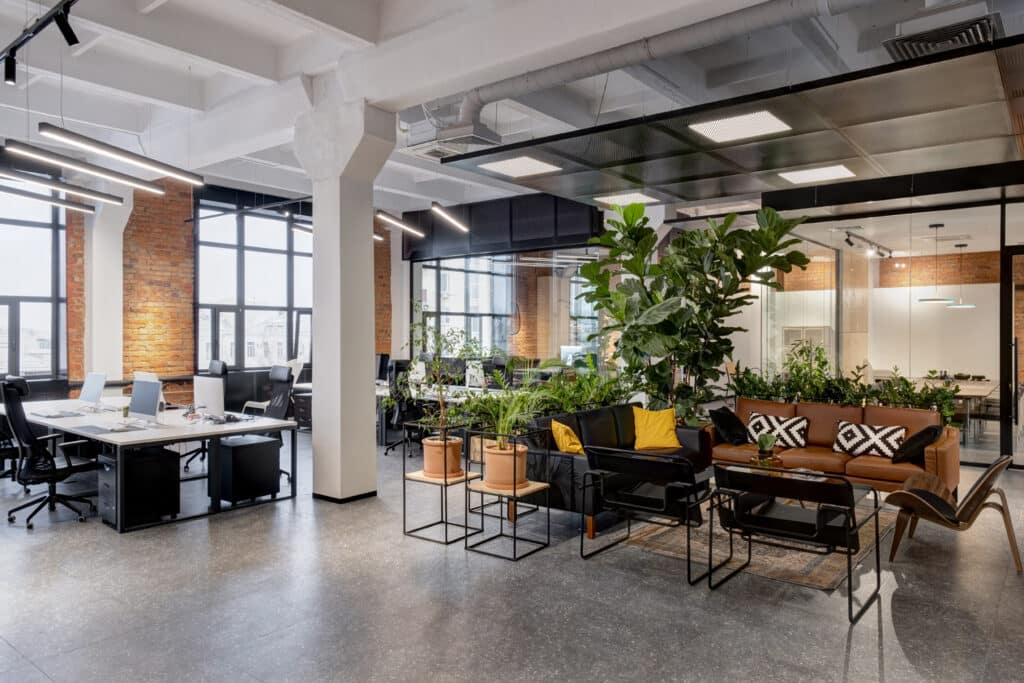
Factors Driving 2024 Design-Build Trends
Eight factors shaping 2024 design-build trends
The blueprint of our world is undergoing a dynamic transformation. And the factors shaping 2024 design-build trends are as diverse as they are influential, touching every corner of our lives — from the way we work to the air we breathe. This evolution in building design is not just about bricks and mortar; it’s about the pulse of society itself, adapting to new economic landscapes, technological advancements, and a shift in our collective values.
Remote work and hybrid models
The continuing trend of remote and hybrid work is reshaping residential and commercial building designs. Multifamily spaces are incorporating dedicated home offices, while commercial buildings are adapting with flexible, hybrid-friendly workspaces.
Urbanization and population density
Increasing urbanization, including in small cities, is influencing the design of buildings to accommodate higher population densities. This will lead to a rise in multifunctional and mixed-use developments, efficiently combining residential, commercial, and recreational spaces.
Economic uncertainty and cost-efficiency
In light of economic uncertainties, including fluctuating material costs, we see more emphasis than ever on cost-effective building solutions. This is driving the adoption of modular construction and prefabrication methods, offering both budgetary control and speedier construction.
Aging population and accessibility
An aging global population is influencing building designs to be more accessible and senior-friendly, particularly in residential and healthcare facilities.
Environmental concerns and sustainability
Environmental sustainability remains a key driver, putting a focus on eco-friendly materials, energy efficiency, and climate-resilient designs.
Health and wellness
The pandemic’s lasting impact on health awareness is evident in designs prioritizing well-being, including improved indoor air quality, natural lighting, and wellness-centric amenities.
Labor shortage
The labor shortage across various industries is influencing design trends toward efficiency. In senior housing, manufacturing, retail, and hospitality sectors, designs are incorporating automation and smart technologies to compensate for a reduced workforce, ensuring efficient operations with fewer staff members.
Technological integration
The rapid increase of technology use in everyday life is mirrored in building designs, with increased integration of smart home technologies, connected systems, and automated management in both residential and commercial spaces.
Details in 2024 Trend Report
To learn more about how these factors are influencing design-build trends in your sector, download our 2024 Trend Report.